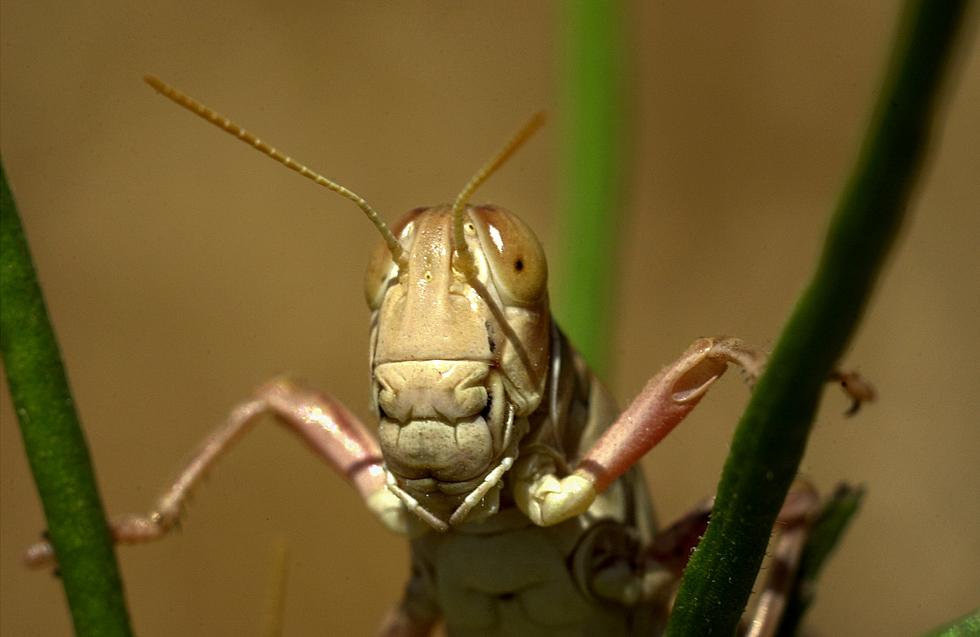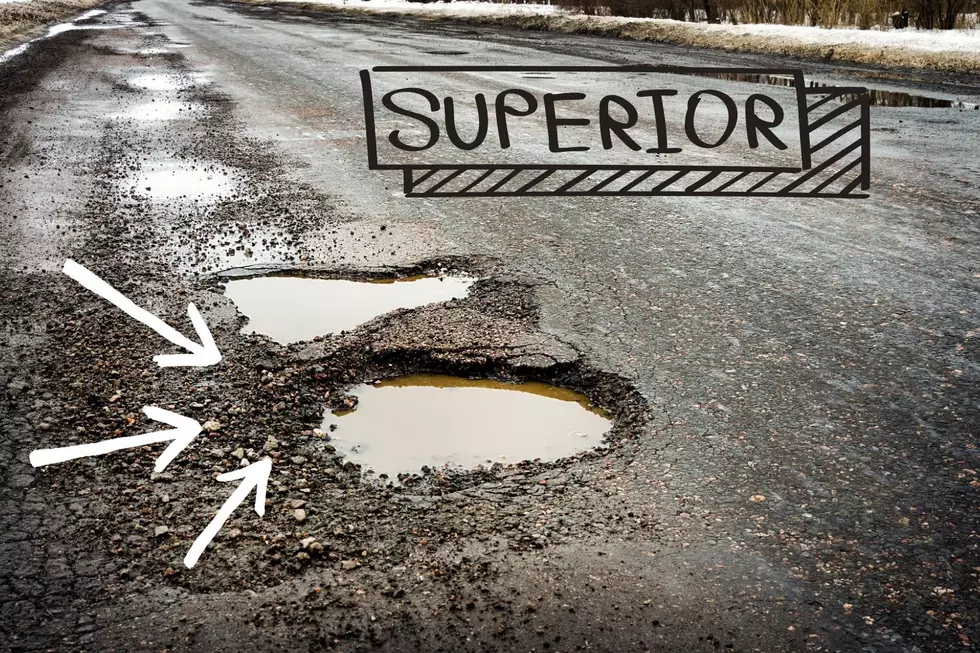
Why Are There So Many Grasshoppers In The Northland This Summer?
Even if you're not an outdoorsperson by any means, you've no doubt noticed that there has been an increase in the amount of grasshoppers this summer here in the Northland. While it's not outside of the norm to see a few during an average year, the summer of 2021 seems to have brought an influx of them.
At the same time, most of the country is experiencing drought conditions; the Midwest and the Northland has especially been hit hard - with drier conditions than we're normally used to seeing. The increase in the grasshopper population and the extreme drought conditions made me wonder: is there a correlation?
It turns out that there is a connection between the drought and the large number of grasshoppers we're seeing; if even indirectly. While it's true that the summer population of grasshoppers is originated by the eggs that get laid in the fall the year before (i.e. the grasshoppers we're seeing now (summer of 2021) came from the eggs laid last fall (autumn 2020)), the current lack of precipitation we're experiencing right now is playing a role.
Drought conditions play a beneficial role in the life-cycle of the grasshopper according to news sources. Chelse Prather, an insect ecologist from the University of Dayton says that "drought conditions can dry out the parasites that normally feast on grasshopper eggs, in part leading to larger outbreaks". That reduction in parasites leads to larger populations for the grasshoppers:
"The population normally remains in check, but the prolonged drought has created ideal conditions for the insects to thrive. Most grasshoppers normally die off before reaching adulthood due to pathogens, severe winters and starvation. Dry winters, however, have helped the bugs survive and multiply."
With the uptick in the cycle also comes longer-lasting problems. Grasshoppers can decimate certain crops and with larger numbers to populate, many farmers are encountering situations they haven't had before.

At the same time, this summers drought - and the corresponding large population of grasshoppers - sets up a similar situation for the summer of 2022. If a larger-than-usual number of eggs get laid this fall, next spring and summer will see a robust starting population of the pest.
Must Have Items For The Beach This Summer
The Best Flowers To Plant In Minnesota
Essential Items You Need To Make Your Backyard An Oasis
KEEP READING: See 25 natural ways to boost your immune system
Goosebumps and other bodily reactions, explained
More From B105









